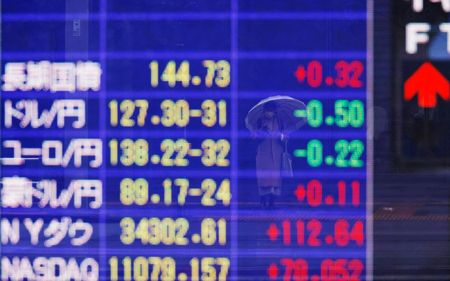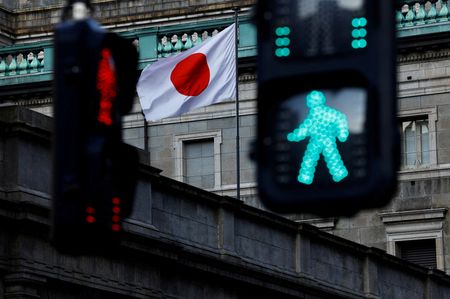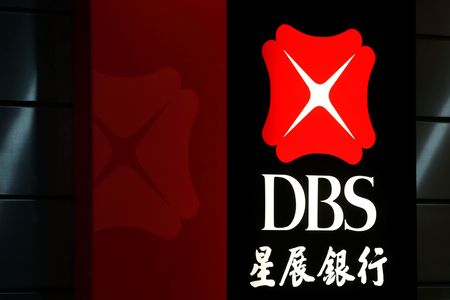By Junko Fujita
TOKYO (Reuters) -A rush of foreign money into Japan’s super-long-dated bonds is creating sharper shifts in the usually calm yield curve as recent political chaos and doubts over central bank rate hikes fan investor uncertainty.
Changes in the shape of Japan’s government bond (JGB) curve, which charts yield levels across all maturities, have become more pronounced recently as expectations shift for how spending will change under the next prime minister and the timing of Bank of Japan rate hikes.
The 30-year JGB yield jumped to a record high this month after fiscal dove Sanae Takaichi became the leader of Japan’s ruling party, putting her on track to be prime minister.
But the yield has since fallen and shorter-term rates have been volatile on doubts over whether Takaichi can secure the parliamentary support needed to confirm the job.
The see-saw movement in yields is largely influenced by long-term JGB positions by overseas investors who “like to make bets on political cues,” said Tomoaki Shishido, a senior rates strategist at Nomura Securities.
Foreign investors were net buyers of super-long JGBs for eighth-straight months through August, according to the Japan Securities Dealers Association. Their monthly buying of the debt reached a record 2.3 trillion yen ($15.56 billion) in April, far exceeding purchases by domestic life insurers who are traditionally mainstay buyers of the bonds.
“We’re still underweight Japan overall duration, expecting that the BOJ probably has to move a little bit quicker than what the market (thinks),” said Vincent Chung, Hong Kong-based fixed-income portfolio manager at T Rowe Price.
“In the 30-year, we had been starting to cover our underweight, just given the attractiveness…I would say that the long-end now still looks attractive given the curve has steepened.”
The BOJ scrapped its negative interest rate policy last year and remains on a gradual hiking path, in contrast to easing policy at most other major central banks. That tightening has reignited the relative value trade in Japan, where investors buy one side of the yield curve and sell the other.
“When the Bank of Japan maintained its negative rate policy, the move of shorter-dated bonds was limited,” said Toru Suehiro, chief economist at Daiwa Securities. “But now both ends of the curve move, so it has become easier for investors to bet on the shape of the curve.”
Takaichi won a run-off vote on October 4 to lead the ruling Liberal Democratic Party, putting her on course to become Japan’s first female prime minister. But her path to power became murkier after the LDP’s longstanding partner Komeito left the coalition last week.
And still ahead this month is a meeting by the BOJ, where markets see only a 20% chance of a rate increase from just under 40% odds at the beginning of this month.
As investors lay bets on either side of those events, the once sedate JGB market is vulnerable to more twists, said Kentaro Hatono, head of global fixed income at Asset Management One.
“It has become increasingly difficult for investors to look at bonds as safe-haven assets,” Hatono said.
(Reporting by Junko Fujita; Additional reporting by Rae Wee in Singapore; Editing by Rocky Swift and Sam Holmes)










